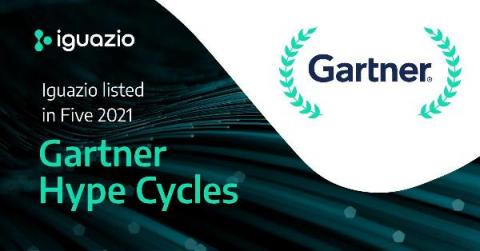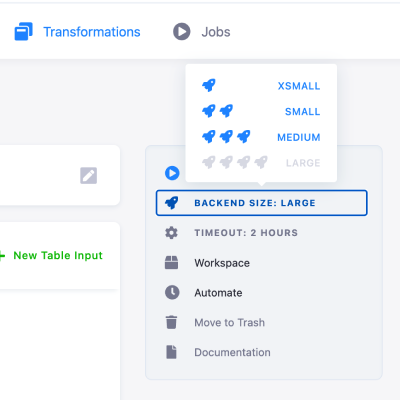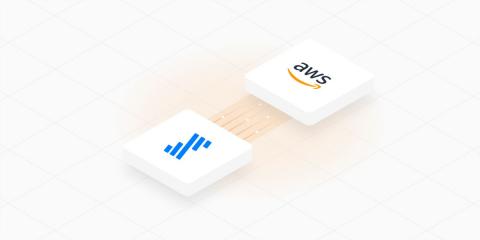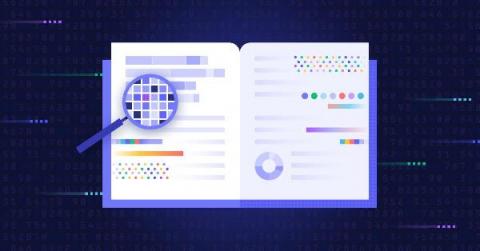Complete Automation: Combining Knowing and Doing
Our announcement that Appian has acquired process mining innovator Lana Labs is a turning-point in automation, and more importantly, for our customers. The addition of native process mining makes Appian the world’s most complete Low-Code Automation Suite. We are coming together to create a unique offering with tremendous value.











